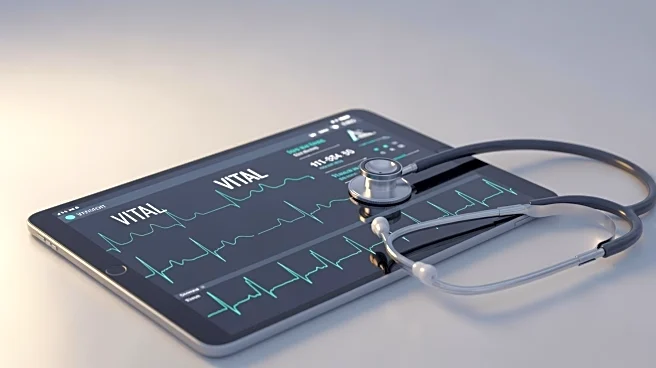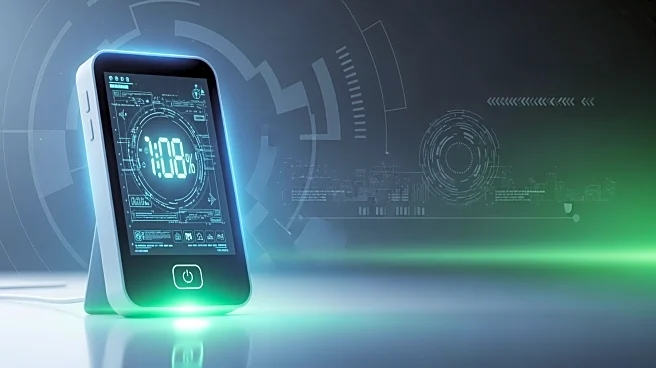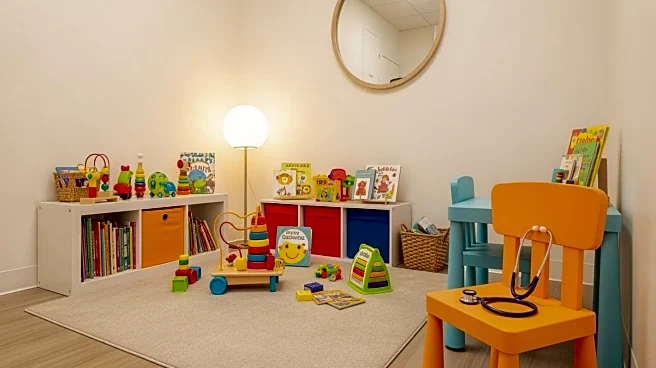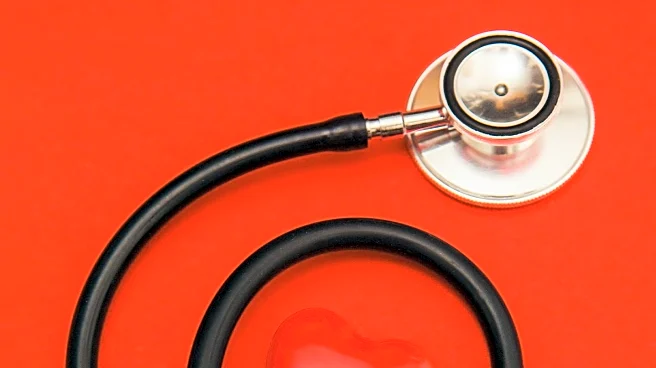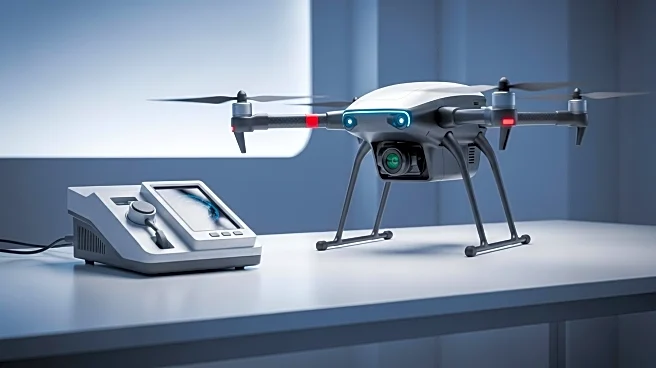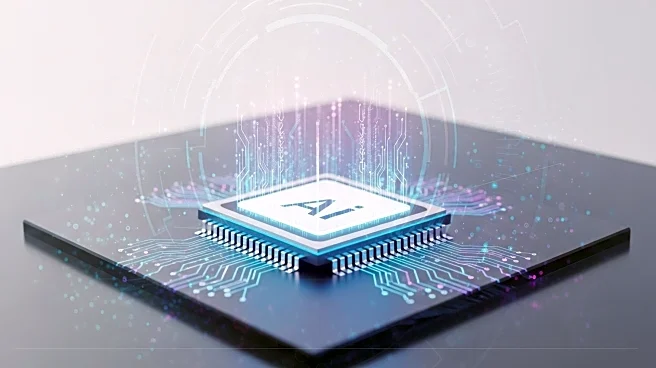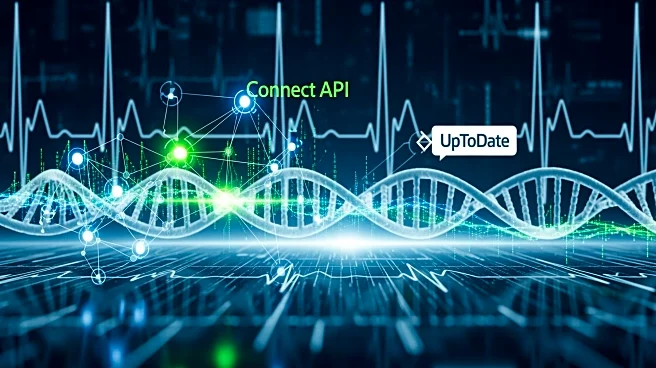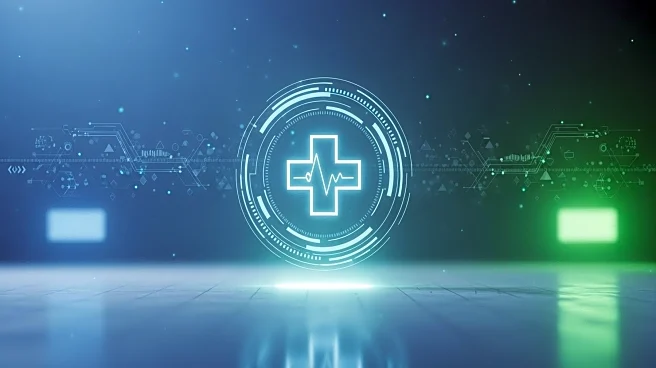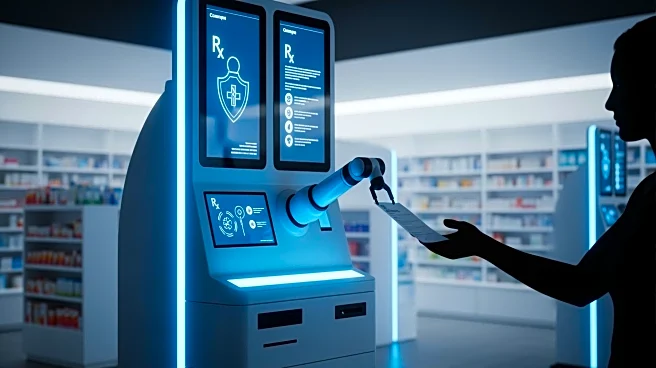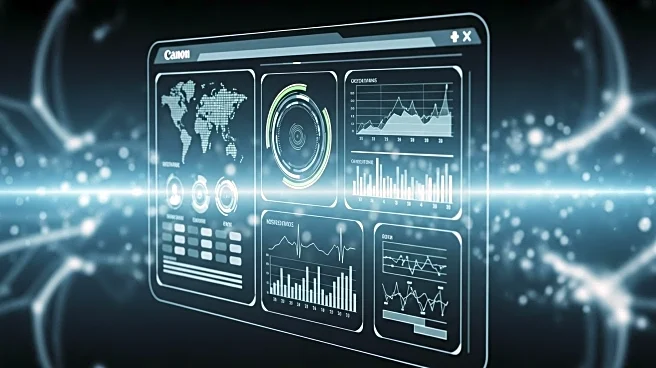What's Happening?
Remote Patient Monitoring (RPM) is increasingly being adopted as a solution to reduce hospital readmissions and manage chronic diseases effectively. RPM utilizes medical devices such as glucose meters
and blood pressure monitors to track patients' health from their homes. This technology allows healthcare professionals to detect health deterioration early, ensuring timely interventions. According to recent studies, RPM has led to a 37% reduction in hospitalizations for heart failure and has been effective in managing conditions like COPD, diabetes, and asthma. The American Heart Association has recognized RPM as a recommended practice for cardiac care, highlighting its clinical and economic benefits.
Why It's Important?
The adoption of RPM is crucial in addressing the challenges faced by hospitals, such as overcrowding and staff burnout. By enabling real-time monitoring and personalized care plans, RPM reduces the burden on healthcare providers and improves patient outcomes. It enhances medication adherence and provides psychological benefits to patients, knowing their health is under constant supervision. The technology is expected to reach a market share of $175 billion by 2027, indicating its growing importance in the healthcare industry. RPM represents a shift towards proactive, patient-centered care, which is essential for building a sustainable healthcare system.
What's Next?
As RPM continues to gain traction, healthcare providers are likely to expand its use across various medical specialties. The integration of AI-driven insights and real-time data will further enhance its effectiveness, leading to more personalized and efficient care. The growing adoption of RPM signals a move towards empowering patients to manage their health from home, reducing the need for hospital visits and easing the burden on healthcare systems. This trend is expected to drive innovation in healthcare delivery, improving outcomes for millions of patients worldwide.
Beyond the Headlines
The implementation of RPM raises ethical considerations regarding data privacy and security. As healthcare providers collect and analyze vast amounts of patient data, ensuring its protection is paramount. Additionally, the shift towards remote monitoring may require adjustments in healthcare policies and regulations to accommodate new technologies. The long-term impact of RPM could lead to a transformation in healthcare delivery, emphasizing preventive care and patient empowerment.


